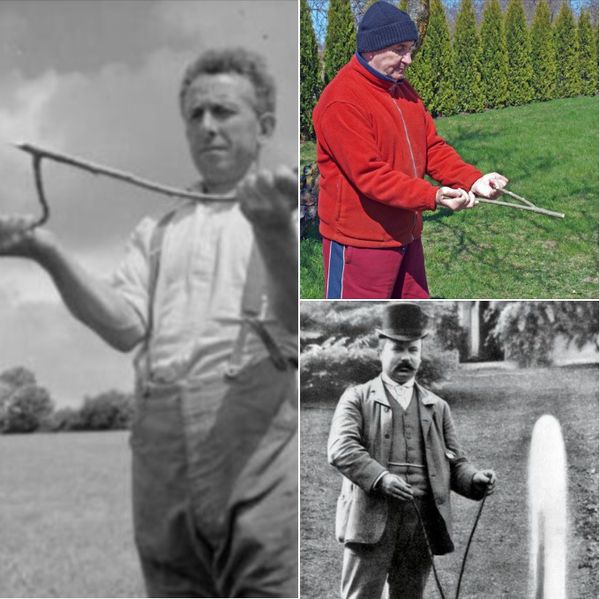
Do you ever feel like the world around us is changing so rapidly that it’s hard to keep up? I know I do. It’s like we’re living in a completely different world from the one we grew up in. My grandmother used to talk about things from her youth that we couldn’t even fathom, like old habits and strange gadgets that no one else in the family recognized. If I’m lucky enough to live as long as she did, I imagine I’ll be in the same boat.
Maybe that’s why articles that challenge us to guess the purpose of mysterious objects are so popular online. You know the ones – where people post a picture of something and ask, “What is this thing?” It brings back a sense of nostalgia and curiosity about the past.
Recently, there’s been a particularly puzzling object making the rounds on the internet. At first glance, it looks like an ordinary tree branch with a V shape. But it turns out that this unassuming tool has a fascinating history that dates all the way back to the 1500s. It’s called a water dowser.
The water dowser goes by various names such as “diviner,” “doodlebug,” “well witch,” or “water-finder.” And what was its primary purpose? You guessed it – to locate water! The user would hold the two branches of the stick in each hand, with palms facing upwards. The stem of the V, where the two rods meet, would be tilted at a 45-degree angle towards the Earth.
Then, the user would walk back and forth, searching for vibrations at the bottom of the V that would indicate the presence of water hidden beneath the Earth’s surface. Dowsing with metal rods was initially used to find metals in the ground, but people soon adapted the method to discover water sources for new homeowners in rural areas.
Water dowsing is a fascinating practice that combines ancient wisdom with an uncanny ability to locate a vital resource. If you’re curious about how it works, check out the video below for a closer look at water dowsing.



